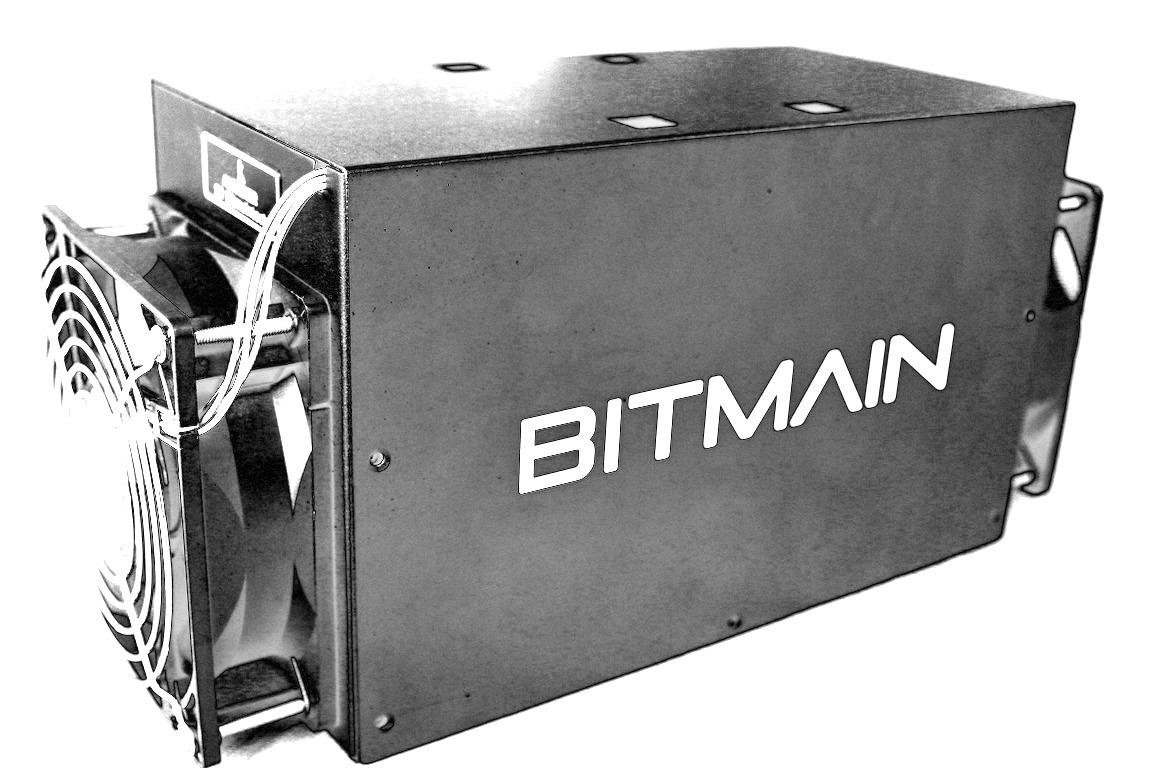AI is the Key To DeFi Liquidity
Decentralized finance (DeFi) has been nothing short of a miracle. For the first time ever, anyone with a simple internet connection can build wealth digitally. People in all parts of the world, regardless of their financial status or location, are bettering their lives through DeFi by making the same kinds of investment decisions previously limited to professionals. Not to mention that DeFi is cheaper and more transparent than traditional methods of financial transactions.
Former U.S. Federal Reserve Board Chairman Paul Volcker once famously quipped that the only financial innovation he could think of that actually improved people’s lives was the ATM. I would add DeFi to that short list.
Emin Gun Sirer is the Founder and Chief Executive Officer at Ava Labs.
Traders are noticing the benefits: aggregate DeFi revenue is expected to grow at almost 20 percent annually through 2027. DeFi’s Total Value Locked is roughly $63 billion, and reached as high as $200 billion during the last bull market.
Like any new technology, however, DeFi’s growth has come with its share of painful experiences, which have kept many would-be participants on the sidelines. But remarkable progress in artificial intelligence (AI) gives me hope that it will be the catalyst for DeFi to continue its evolution.
In my opinion, many of the impediments to broader DeFi adoption can be lumped under the term “liquidity” – the ease with which an asset or security can be converted into cash at market price. Liquidity is a complex, multidimensional issue, but, fundamentally, it’s simply about enough people wanting something that it makes buying and selling as simple as a click.
AI can improve liquidity in the DeFi market. While DeFi is global, more can still be done to encourage adoption, as there are many barriers to understanding like language and coding fluency. If a DeFi protocol’s documentation is written only in English, for example, it’s certainly more difficult for non-native English speakers to engage with the technology. This is where AI-powered Large Language Models (LLMs) come into play: LLMs can be used to instantly translate documentation into different languages, as well as provide “live” customer support for the whole world. LLMs will make DeFi truly global.
LLMs will also be crucial to solving another of DeFi’s biggest challenges: regulatory compliance.
Country by country, the policies and regulations applicable to DeFi are, to put it mildly, fragmented. Yes, DeFi is a very new and complex field, so the situation is somewhat understandable, but analyzing and adopting many different, and ever-changing, rules makes compliance a big challenge. That said, regulatory compliance is a must so that people and businesses feel comfortable their DeFi activities fall within relevant laws.
Already, governments have taken action against several DeFi entities, as well as individuals using them, for failing to adhere to various money transmission statutes. In order to preserve the integrity of the industry as a whole, we need LLMs’ help to process the immense amount of policy and regulatory information, and flag where there are outstanding issues so they may be resolved posthaste.
AI can address DeFi’s security issues.The risk of hacks and exploits is the general public’s chief concern about DeFi. The fear of theft must be allayed for the average person to invest their hard-earned savings, but manpower alone is not sufficient to deter would-be hackers based on the persistent number of attempts. AI is perfectly suited for the rote, repetitive testing processes needed to ensure DeFi’s security. For example, I am incredibly enthusiastic about LLMs’ ability to allow developers to convey in a conversational manner what is expected of smart contracts so that exploitable errors can’t hide in code.
In the long run, liquidity is the lifeblood of any market, and DeFi must embrace a profound tool like AI to grow healthier and more vibrant. Financial innovation that improves peoples’ lives is here today, so long as they feel confident using it.
Edited by Ben Schiller.









